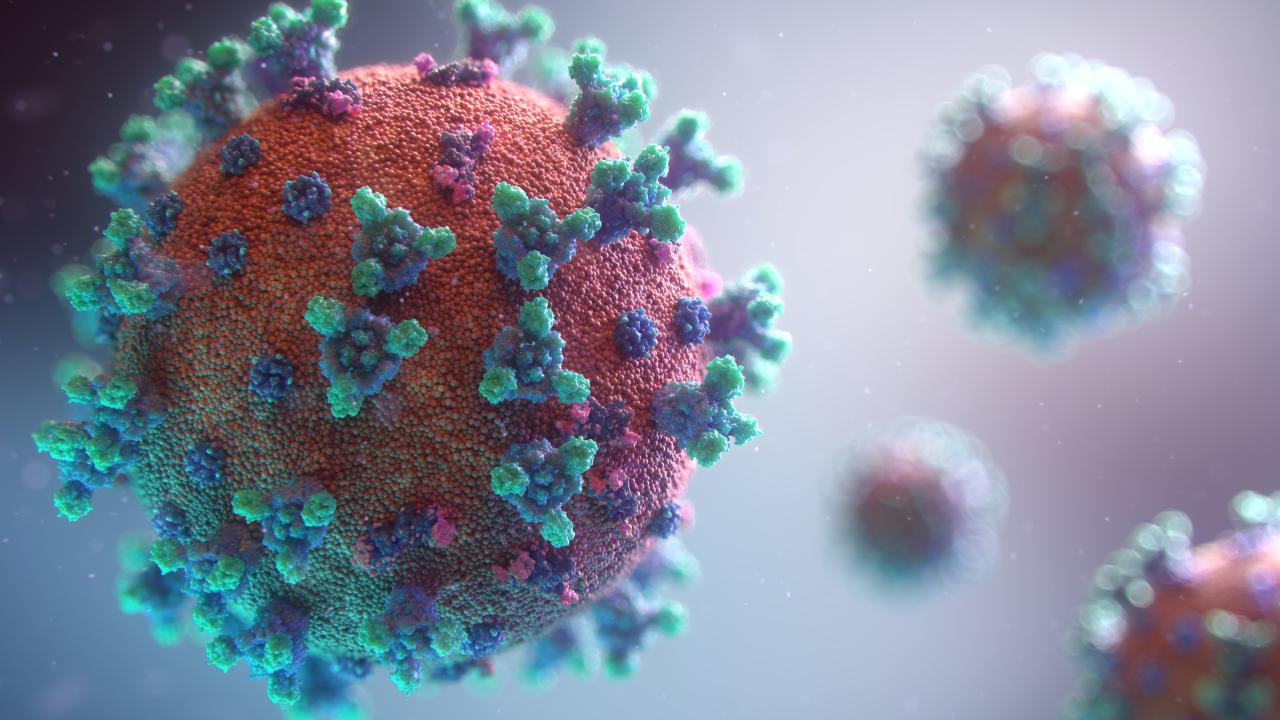Sour, sweet, bitter, salty and, more recently, umami, are considered the five basic tastes, identifiable by the taste buds on the tongue, cheeks and palate. A new study suggests that the tongue may also detect ammonium chloride as a basic taste.
Discover our latest podcast
The OTOP1 protein
Researchers have known for decades that the tongue reacts to ammonium chloride. However, new research conducted by USC Dornsife has pinpointed the precise receptors on the tongue that react to ammonium chloride.
The hypothesis is that the receptors that react to ammonium chloride are the same as those that react to sour or acidic tastes. These sensors are located at the right and left ends of the tongue.
To test this theory, scientists used a protein called OTOP1 in human cells grown in the laboratory. They then exposed some of these cells to a sour taste or to ammonium chloride. The results showed that ammonium chloride activated the OTOP1 receptor just as effectively as sour or acidic substances.
Sweet, Sour, Salty, Bitter, Umami - Now Meet The Sixth Tastehttps://t.co/n89g9xXVFd
— IFLScience (@IFLScience) October 6, 2023
Read more:Replace salt with these alternatives while cooking, and it'll make your food delicious
What does ammonium chloride taste like?
Ammonium chloride (E510) is the result of the combination of ammonia and hydrochloric acid. Soluble in water, it is an acidifying additive which, in its pure state, is a white crystalline salt known as ammoniacal salt or ammonia salt. Because of its slightly acidic taste, it is very popular in the food industry, as are potassium sulfate and calcium hydroxide.
Ammonium chloride has a very aversive taste. Indeed, ammonia can be a harmful substance for humans and animals. This aversion to the taste would therefore help to avoid, or protect humans from, a potential poisoning.
Yet it is present in certain culinary traditions, notably in Scandinavian countries. The flavor of ammonium chloride is in fact very present in salted licorice sweets, which are popular in the Nordic countries, the Netherlands and northern Germany. Emily Liman, professor of biological sciences at USC Dornsife and author of the study, said in a statement:
If you live in a Scandinavian country, you may know and love this taste!
Read more:Covid-19: If you lost your taste and smell it could actually be a good thing
This article has been translated from Gentside FR.
Sources used:
Nature: The proton channel OTOP1 is a sensor for the taste of ammonium chloride















